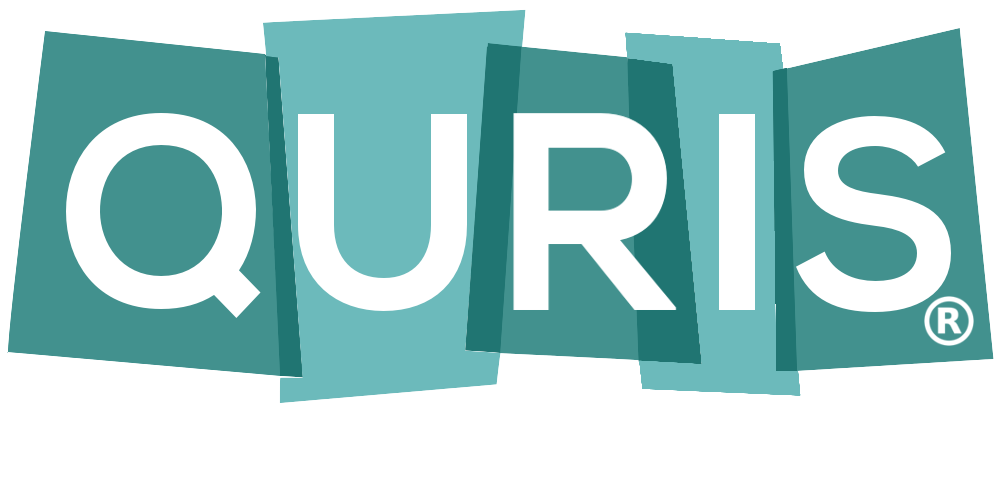Management of Patients with Toxic Epidermal Necrolysis or Steven’s Johnson Syndrome
exp date isn't null, but text field is
Toxic epidermal necrolysis syndrome (TENS) is a life-threatening disorder that involves sloughing of the skin at the dermal-epidermal junction; mucosal surfaces are also involved. Erythema multiforme, Stevens-Johnson syndrome (SJS) and TENS share a similar pathophysiology and are distinguished by the extent of cutaneous involvement. SJS involves less than 20% TBSA whereas TENS involves greater than 30% TBSA.
- Unless extenuating medical circumstances require their admission to another ICU, these patients should be admitted to the Burn Center.
- Wound care should provide topical antimicrobial activity while minimizing mechanical shearing forces to the skin at risk (decrease dressing frequency.) No scrubbing should be performed.
- IVIg may provide some benefit in TENS patients. There are several formulations of IVIg differentiated by the amount of sucrose and renal failure occurs mostly on using sucrose-containing products owing to osmotic injury. Immunology/Allergy approval is required for IVIg use. Patients >60 years of age, elevated creatinine, and/or history of diabetes are more at risk for ARF, therefore the risk and benefits of IVIg administration should be carefully examined. Sucrose formula may interfere with bedside glucose checks.
- Drug exposure is the causative agent in 80% of TENS cases and all possible attempts should be made to identify and remove that inciting drug. Patients and their families should be educated regarding avoidance of that drug class in the future.
- Systemic corticosteroids provide no benefit in the treatment of TENS and may increase infectious complications; their use should be avoided.
- Prophylactic systemic antibiotics are not indicated and may increase the risk of super infection. Antibiotics are indicated for suspected or documented infections. Lactated Ringers is the preferred resuscitation fluid.
- Early and aggressive nutritional support is essential for optimal clinical outcome. Enteral nutrition is preferred to parenteral nutrition.
- Inpatients transferred from other services and other institutions will be placed in isolation and pan-cultured upon admission

